The vibrant tradition of Polish Easter egg decorating, known as pisanki, stands as one of Europe’s most intricate and culturally rich folk art forms. Rooted in pre-Christian Slavic rituals that celebrated spring and rebirth, the practice evolved over centuries, blending pagan symbolism with Christian motifs. What makes Polish wax-resist dyeing, or batik, particularly fascinating is its meticulous craftsmanship and the deep regional variations that tell stories of identity, faith, and community. Each egg is a tiny canvas where geometry meets mythology, and where the interplay of wax and dye transforms a simple shell into a masterpiece.
At the heart of the pisanki technique lies the wax-resist method. Artisans use a tiny funnel or stylus called a kistka to draw intricate patterns with molten beeswax onto the egg’s surface. The wax acts as a barrier, preserving the underlying color when the egg is dipped into successive dye baths. This process is repeated layer by layer, with darker hues applied last. Once the design is complete, the wax is gently melted away, revealing a kaleidoscope of colors and symbols. The precision required is staggering—each stroke must be deliberate, as mistakes cannot be undone. This painstaking approach ensures that no two eggs are ever identical, each bearing the unmistakable imprint of its creator’s hand.
The motifs adorning these eggs are far from arbitrary. They draw from a lexicon of ancient symbols: suns and moons represent cosmic harmony, waves and spirals signify the cycle of life, and crosses or fish reflect Christian influences. In rural Poland, certain patterns were once believed to ward off evil or ensure fertility. The colors, too, carry meaning—red for sacrifice or joy, green for renewal, and black for remembrance. These elements coalesce into a visual language that transcends mere decoration, offering glimpses into Poland’s agrarian past and spiritual ethos. Families often pass down designs through generations, with grandmothers teaching grandchildren the secrets of their craft, thus weaving threads of continuity into the fabric of modernity.
Regional diversity adds another layer of richness to this tradition. The Kurpie region is famed for its bold, geometric patterns etched onto single-color backgrounds, while Łowicz favors flamboyant floral designs in riotous hues. In the eastern borderlands, near Ukraine and Belarus, motifs take on a more delicate, lace-like quality. Such variations reflect historical trade routes, local ecosystems, and even political boundaries. During Poland’s partitions and communist era, pisanki became a subtle act of cultural defiance—a way to preserve national identity under foreign domination. Today, these regional styles are celebrated at folk festivals and museums, where artisans demonstrate their skills to rapt audiences.
Modern adaptations have expanded the art form’s reach. Contemporary artists experiment with unconventional colors or incorporate motifs from global traditions, while workshops in cities like Kraków and Warsaw introduce urbanites to this rural heritage. Yet, the essence remains unchanged: the slow, meditative process of creation fosters a connection to history and nature. As synthetic dyes replace traditional plant-based ones (onion skins for gold, beetroot for pink), purists lament the loss of certain hues but acknowledge the necessity of evolution. What endures is the ritual itself—the act of transforming fragility into permanence, much like the Easter story these eggs commemorate.
In an age of mass production, Polish wax-resist Easter eggs stand as a testament to the enduring power of handmade beauty. They are not merely ornaments but vessels of memory, each one whispering tales of resilience and renewal. Whether displayed in a farmhouse kitchen or a glass case in a world-class museum, pisanki continue to captivate, bridging the sacred and the everyday, the ancient and the now.
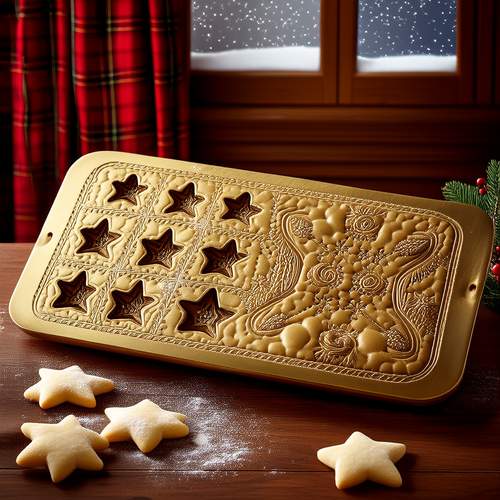
By /May 26, 2025
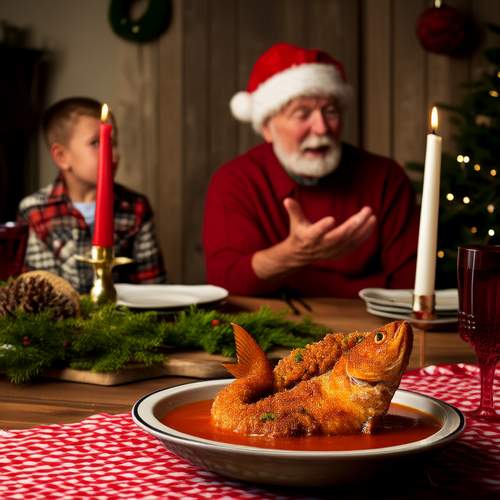
By /May 26, 2025
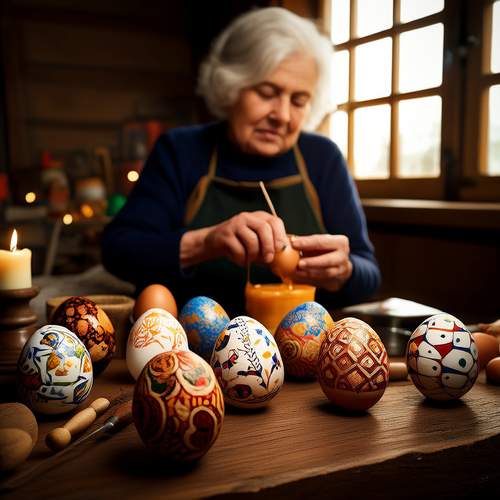
By /May 26, 2025

By /May 26, 2025
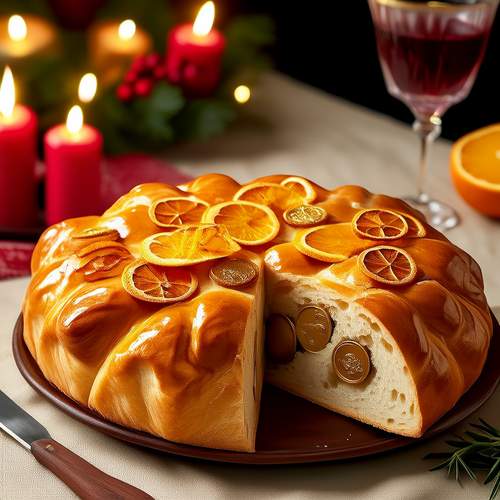
By /May 26, 2025
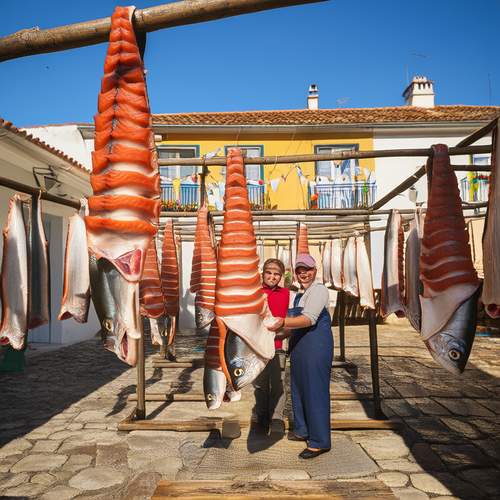
By /May 26, 2025
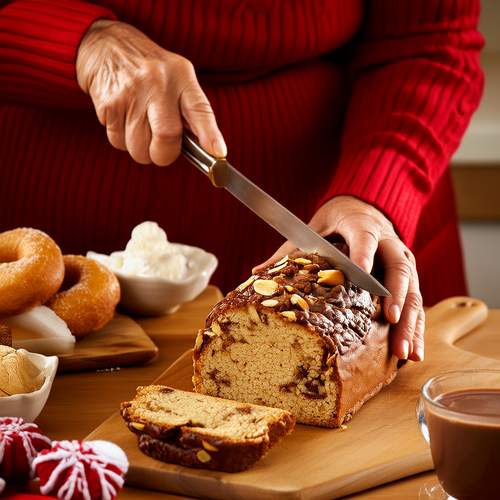
By /May 26, 2025
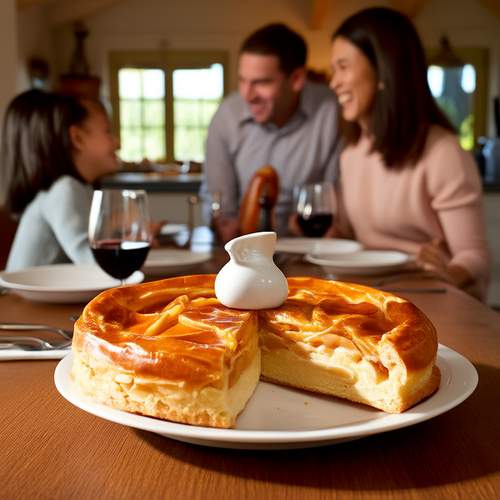
By /May 26, 2025
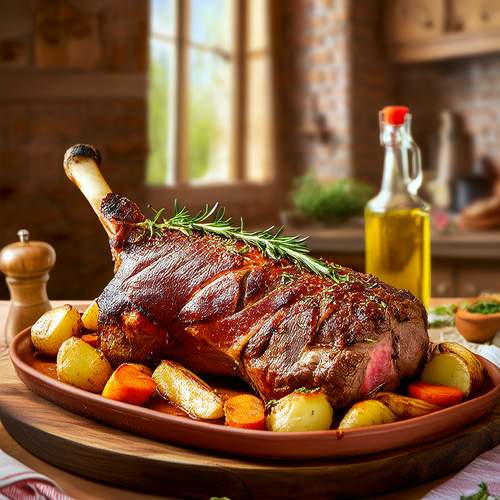
By /May 26, 2025
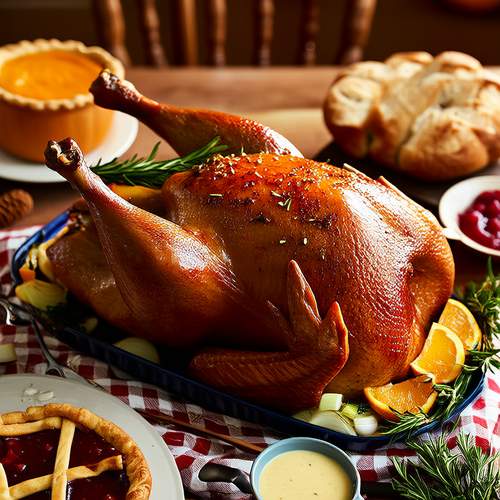
By /May 26, 2025
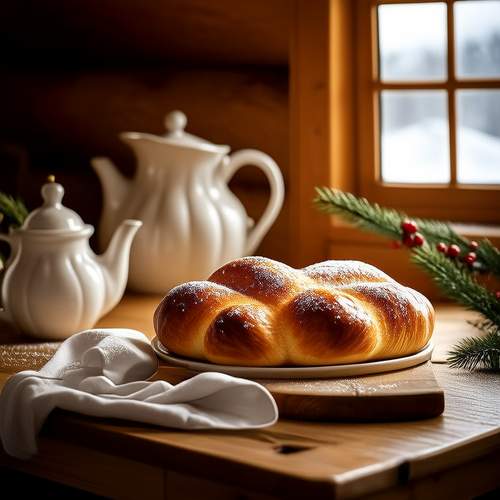
By /May 26, 2025
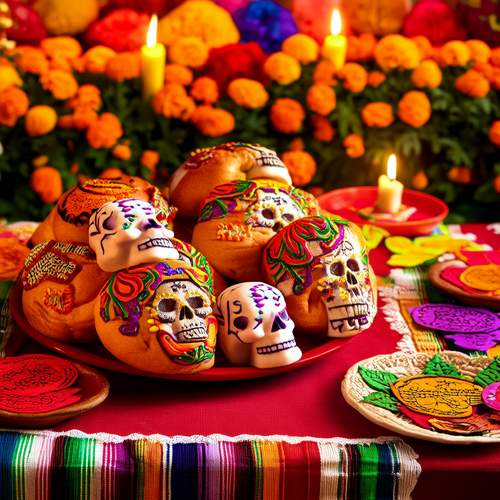
By /May 26, 2025
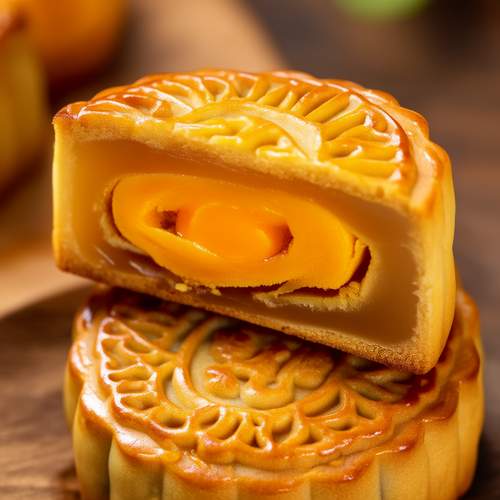
By /May 26, 2025
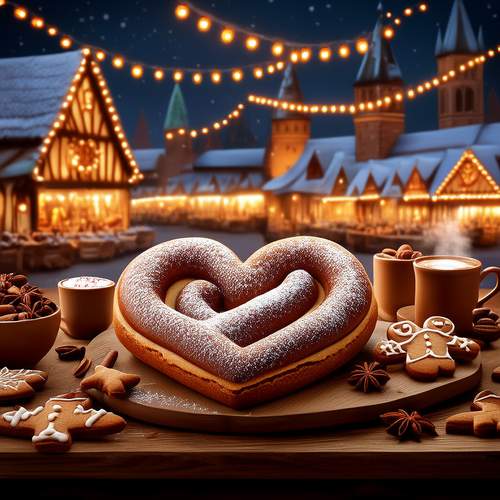
By /May 26, 2025

By /May 26, 2025
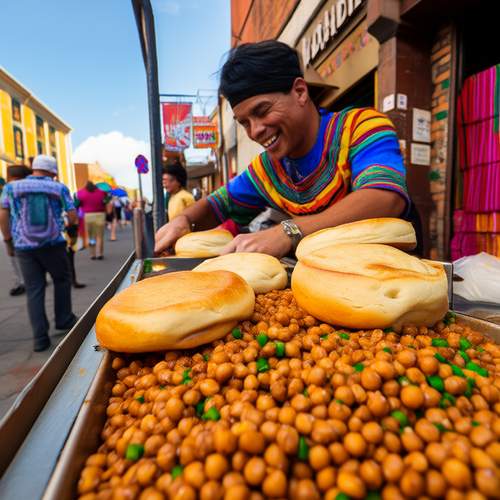
By /May 26, 2025
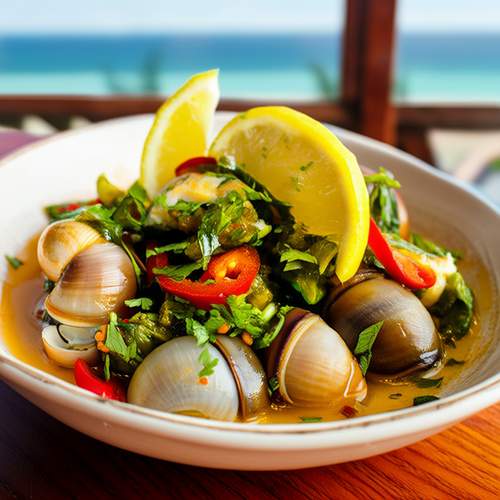
By /May 26, 2025

By /May 26, 2025
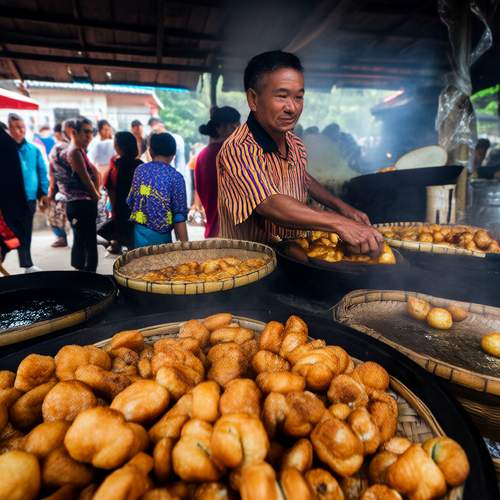
By /May 26, 2025

By /May 26, 2025